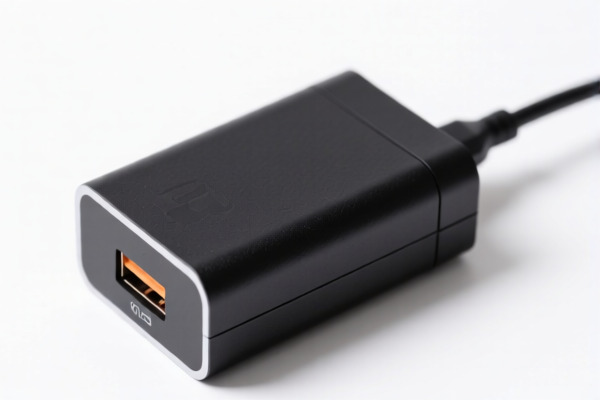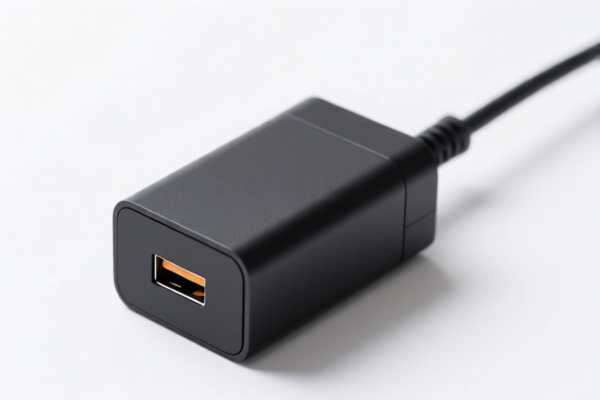| HS Code | Official Doc | Tariff Rate | Origin | Destination | Effective Date |
|---|---|---|---|---|---|
| 8483908080 | Doc | 57.8% | CN | US | 2025-05-12 |
| 8483908040 | Doc | 57.8% | CN | US | 2025-05-12 |
| 8487900080 | Doc | 83.9% | CN | US | 2025-05-12 |
| 8487900040 | Doc | 58.9% | CN | US | 2025-05-12 |
| 7307221000 | Doc | 80.0% | CN | US | 2025-05-12 |
| 7307923010 | Doc | 80.0% | CN | US | 2025-05-12 |
| 7326908688 | Doc | 82.9% | CN | US | 2025-05-12 |




Sleeve Adapter
A sleeve adapter, commonly referred to as a cable sleeve or wire sleeve, is a protective and aesthetic covering for cables and wires. It is typically a flexible tube made from various materials that encases individual strands or bundles of cables, offering organization, protection, and a customized appearance.
Material
- PET (Polyethylene Terephthalate): The most common material due to its flexibility, abrasion resistance, chemical resistance, and wide range of colors.
- Nylon: Offers excellent durability, heat resistance, and a softer texture compared to PET.
- Polypropylene: Lightweight and cost-effective, suitable for less demanding applications.
- Braided Sleeves: Often made from polyester or other synthetic fibers, providing a premium look and enhanced flexibility.
- Heat Shrink Tubing: While not a sleeve in the traditional sense, heat shrink tubing is often used in conjunction with sleeves or as a standalone solution for cable management and protection. It shrinks when heated, providing a tight fit around cables.
Purpose
- Cable Management: Bundles and organizes cables, reducing clutter and improving airflow.
- Protection: Shields cables from abrasion, fraying, cuts, and environmental factors.
- Aesthetics: Provides a customized appearance, often used in computer modding, automotive applications, and professional audio/video setups.
- EMI/RFI Shielding: Some sleeves, particularly those with metallic braiding, offer electromagnetic interference (EMI) and radio frequency interference (RFI) shielding.
Function
Sleeve adapters work by enclosing cables, providing a barrier against physical damage and wear. They typically feature an open-ended design, allowing cables to be inserted or threaded through. Some sleeves utilize heat shrink end caps or other securing methods to prevent unraveling or slippage. The flexibility of the sleeve allows for easy routing and bending of cables without compromising their integrity.
Usage Scenarios
- Computer Modding: Used extensively in custom PC builds to create visually appealing and organized cable runs.
- Automotive Applications: Protects and organizes wiring harnesses in vehicles.
- Electronics Manufacturing: Provides protection and insulation for cables in electronic devices.
- Audio/Video Installations: Manages and protects cables in professional audio and video setups.
- Networking: Organizes and protects cables in server rooms and data centers.
- Robotics: Protects cables from wear and tear in robotic systems.
Common Types
- Expandable Sleeves: These sleeves are made from braided PET or nylon and expand to accommodate multiple cables. They are easy to install and remove.
- Non-Expandable Sleeves: These sleeves have a fixed diameter and require cables to be inserted individually. They offer a tighter fit and more robust protection.
- Spiral Wrap: A continuous strip of flexible plastic wrapped around cables in a spiral pattern. It's quick to install and allows for easy access to individual cables.
- Braided Sleeves: Made from woven synthetic fibers, offering a premium look and enhanced flexibility. Often used for aesthetic purposes.
- Heat Shrink Sleeves: Shrink when heated, providing a tight fit around cables. Often used in conjunction with other sleeve types or as a standalone solution.
- Cable Combs: Used alongside sleeves to create clean and organized cable runs, particularly in computer builds.
Based on the provided information, “sleeve adapter” can be classified under the following HS codes:
- 7307923010: Tube or pipe fittings (for example, couplings, elbows, sleeves), of iron or steel: Other: Threaded elbows, bends and sleeves: Sleeves (couplings) Of iron or nonalloy steel. This code specifically covers sleeves (couplings) made of iron or nonalloy steel, which aligns with the description of a sleeve adapter. The basic tariff is 0.0%, with additional tariffs of 25.0% and a further 30% after April 2, 2025. Additionally, a 25% additional tariff applies to steel products. The total tariff rate is 80.0%.
- 7307221000: Tube or pipe fittings (for example, couplings, elbows, sleeves), of iron or steel: Other, of stainless steel: Flanges: Not machined, not tooled and not otherwise processed after forging. While this code focuses on stainless steel flanges, it falls under the broader category of tube or pipe fittings, potentially applicable if the sleeve adapter is made of stainless steel and meets the processing criteria. The basic tariff is 0.0%, with additional tariffs of 25.0% and a further 30% after April 2, 2025. Additionally, a 25% additional tariff applies to steel products, resulting in a total tariff rate of 80.0%.
- 8483908080: Transmission shafts (including camshafts and crankshafts) and cranks; bearing housings, housed bearings and plain shaft bearings; gears and gearing; ball or roller screws; gear boxes and other speed changers, including torque converters; flywheels and pulleys, including pulley blocks; clutches and shaft couplings (including universal joints); parts thereof: Toothed wheels, chain sprockets and other transmission elements presented separately; parts: Other: Other. This code covers parts of transmission shafts and couplings, and could be relevant if the sleeve adapter is used as a component within a transmission system. The basic tariff is 2.8%, with additional tariffs of 25.0% and a further 30% after April 2, 2025, resulting in a total tariff rate of 57.8%.
Regarding HS code 7307923010 and 7307221000, please note the 25% additional tariff applies to steel products.
Customer Reviews
No reviews yet.